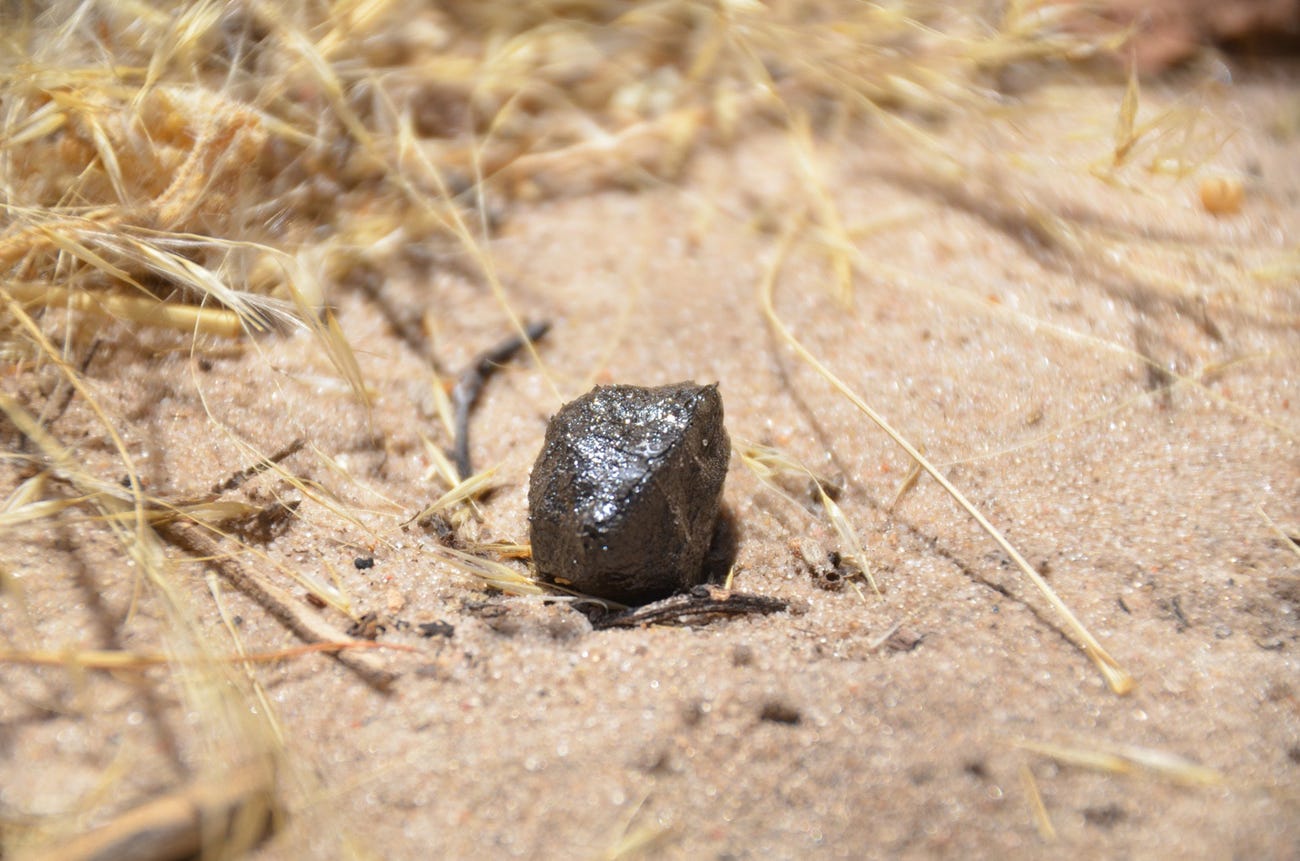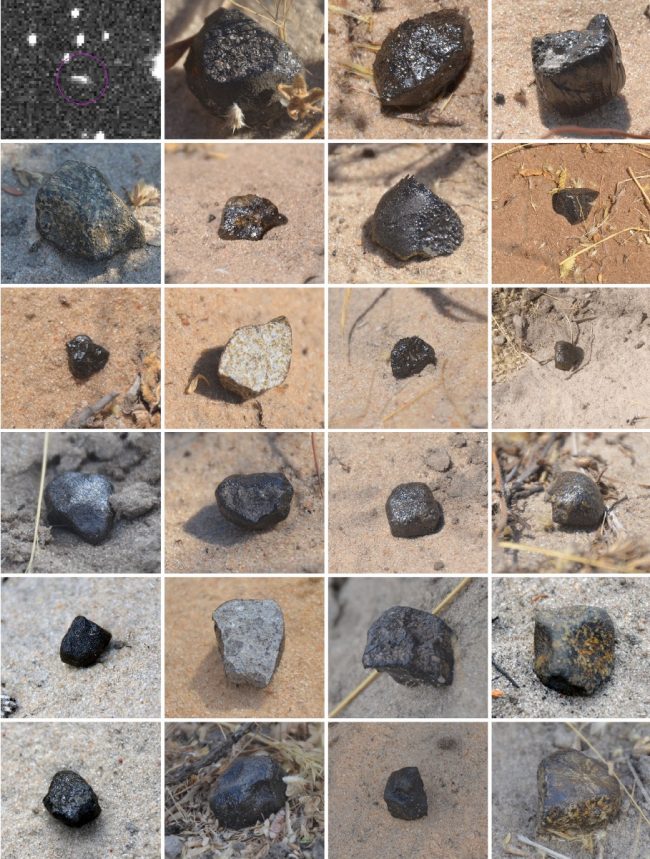
While scientists have managed to recover and examine thousands of meteorites, finding their origin or even whether they are from icy comets or rocky asteroids has proved elusive. Now, for the first time, a team of international researchers has traced the source of a boulder-sized rock that landed in Botswana to an asteroid named Vesta. Boasting a diameter of about 326 miles, it is one of the largest and brightest rocks in the asteroid belt that circles the Sun between Jupiter and Mars.
The meteorite, called 2018 LA, was first spotted zooming towards Earth at about 37,000 mph by the University of Arizona's Sky Survey telescope — which regularly scans the skies for hazardous objects — on June 2, 2018. A mere few hours later, the space rock barrelled across the Botswana skies, burned up in the atmosphere, and transformed into a spectacular fireball before crash-landing in the Central Kalahari Game Reserve.

Following the impact, SETI Institute meteor astronomer and study leader Peter Jenniskens reached out to the Australian National University (ANU) to see if their SkyMapper telescope — used to study black holes— had any footage of the meteorite. To his delight, the powerful telescope had captured 2018 LA's final moments as it broke through the Earth's atmosphere. The icing on the cake was the meteor's fiery descent captured by the Central Kalahari Game Reserve's surveillance camera.
The footage from the three cameras, along with an analysis of the 24 fragments of the space rock recovered— all of which belonged to a class of Howardite-Eucrite-Diogenite (HED) meteorites — led the scientists to conclude that the space rock originated from Vesta. The researchers, who published their findings in the journal Meteoritics and Planetary Science on April 23, 2021, believe that 2018 LA broke away from Vesta nearly 23 million years ago when the asteroid was hit by another space object. The small chunk drifted across the solar system before being drawn in by the Earth's gravitational pull and plummeting to the ground in 2018.

“Because the team tracked the rock from space all the way down to the impact site, they were able to calculate a very precise orbit that is consistent with an origin near Vesta, providing one of the best links we have between an asteroid and meteorites,” Ashley King, a planetary scientist at the Natural History Museum, who was not involved in the study, told The Guardian. “Knowing where meteorites come from gives us context for how they formed and is really important for understanding the history of our solar system.”
Resources: Livescience.com, Guardian.com, BusinessInsider.com
